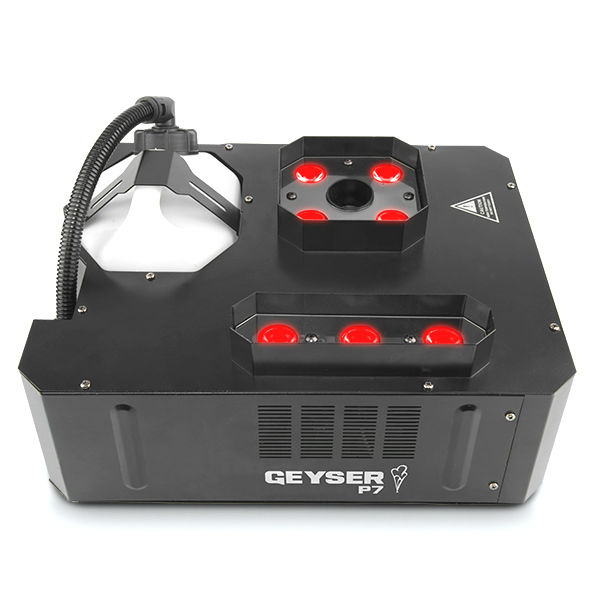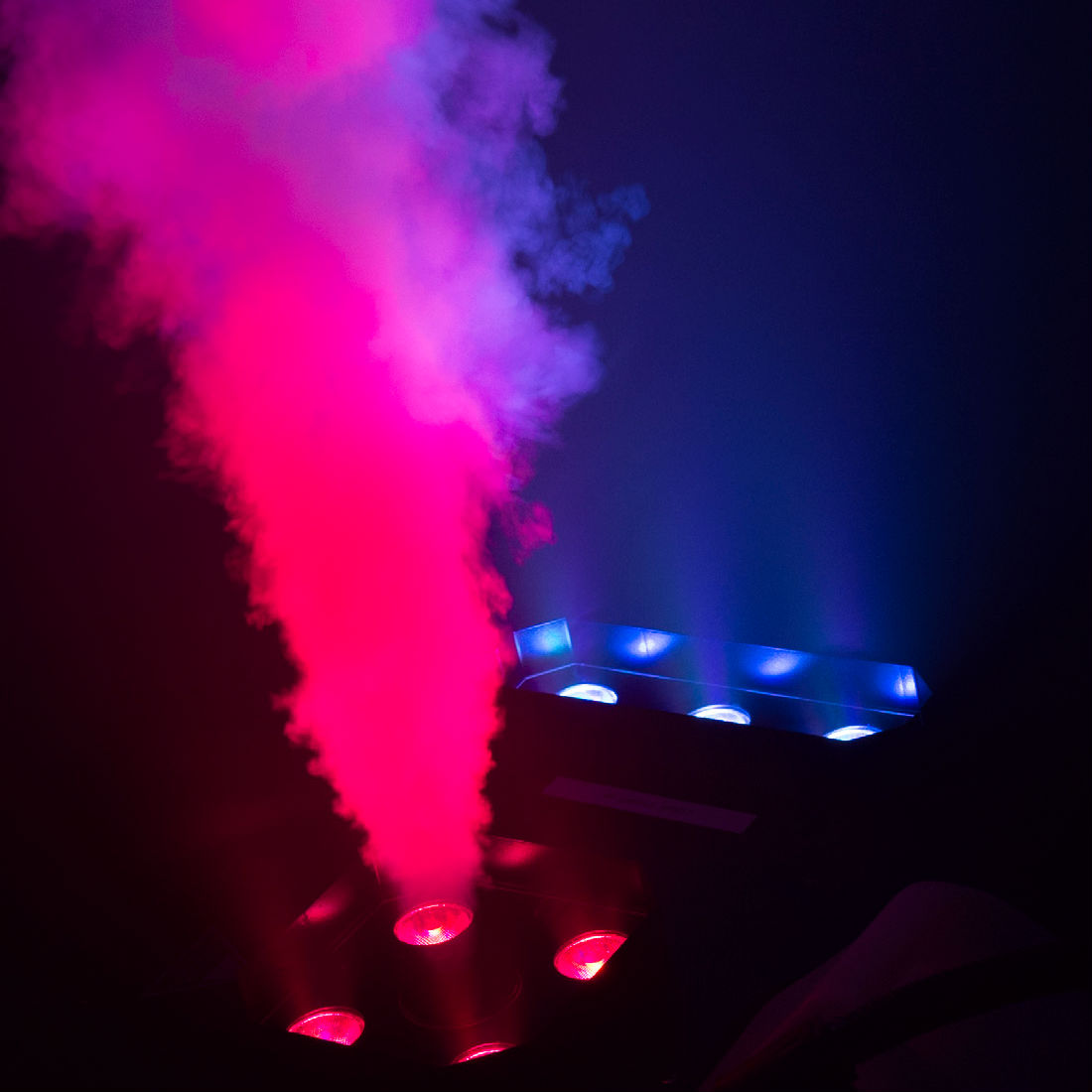A Crash Course In Par Lamps
The PAR can is perhaps the most widely used light for concerts, nightclubs and touring productions. PAR cans come in a variety of sizes and shapes; from the minuscule PAR16 to the 1000 watt PAR64. But what the heck is a PAR can, anyway? How did it get that name? And just why are they so popular?
PAR is an acronym for parabolic aluminized reflector and is used to designate a sealed-beam lamp similar to the headlight in an automobile. PAR lamps are differentiated according to their diameter, which is measured in eighths of an inch. Therefore, a PAR64 is eight inches in diameter (64/8 = 8) and a PAR38 has a diameter of four and three-quarter inches (38/8 = 4.75). PAR lamps are available in an assortment of wattages and beam spreads as well. For example, a PAR56 lamp may be purchase at 300 or 500 watts, and each wattage is available in Narrow Spot, Medium Flood or Wide Flood.
The PAR can is the lamp housing that safely holds the lamp and any color media (gel) in place. The can also has a mounting bracket that allows it to be bolted to a light bar or truss or by use of a pipe clamp...well, clamped to a pipe. In some smaller-budget houses the PAR can is literally a can, usually an old coffee can that has been fitted with a ceramic lamp socket and spray-painted black. However, the relatively low cost of PAR cans these days has made this practice uncommon in most theaters.
So why are PAR cans so popular? After all, there are lots of lights that can do much more than the simple PAR. The answer lies in the very simplicity of the fixture. By keeping the power and wattage of the beam within the lamp itself, one PAR can is able to produce a wide range of beams simply by changing the lamp. This sort of versatility is important when owning many similar fixtures with only minor differences in beam spreads is not feasible. The low cost and light weight of the PAR can, in addition to its versatility, have made it very popular with touring groups. When every pound counts, a fixture that has no heavy glass lenses or much hardware to speak of is a blessing. And the rigors of the road demand a fixture that can be easily repaired, or replaced without breaking the show's budget.
Let's look specifically at the PAR38 for a moment. One feature of the PAR38 is that it takes a lamp that is commonly sold at most home improvement centers. This allows for the purchase of new lamps on the road or at the last minute, when ordering lamps from a supplier is impossible. The PAR38's relatively low wattage (75W-300W) means that several can be used on the same electrical circuit without worry. This fixture is best used at distances of 10' - 20' from the subject, making it ideal for small clubs, theaters or churches. It would also work well for bands or DJ's that provide their own lighting, as the light trees are seldom set up more than twenty feet from the performers. The fact that PAR cans and lamps can be purchased for a relatively small sum, along with their versatility and simplicity, should make PAR fixtures a part of any group's lighting inventory.
*********************************************
Theatre Effects Customer Service Department
service@theatrefx.com
www.theatrefx.com
Theatre Effects, 1810 Airport Exchange Blvd. #400, Erlanger, KY 41018
Phone: 1-800-791-7646 or 513-772-7646 Fax: 513-772-3579









